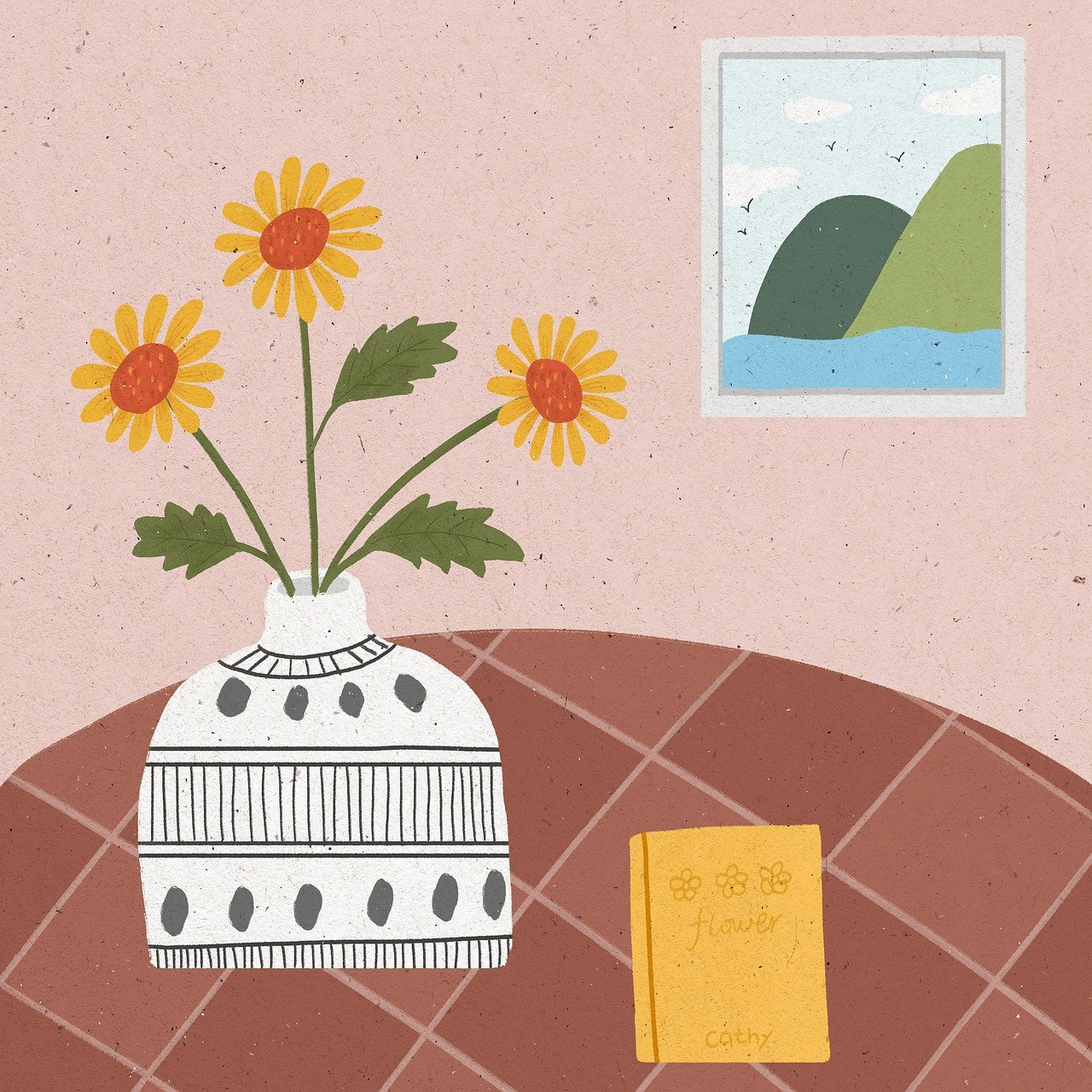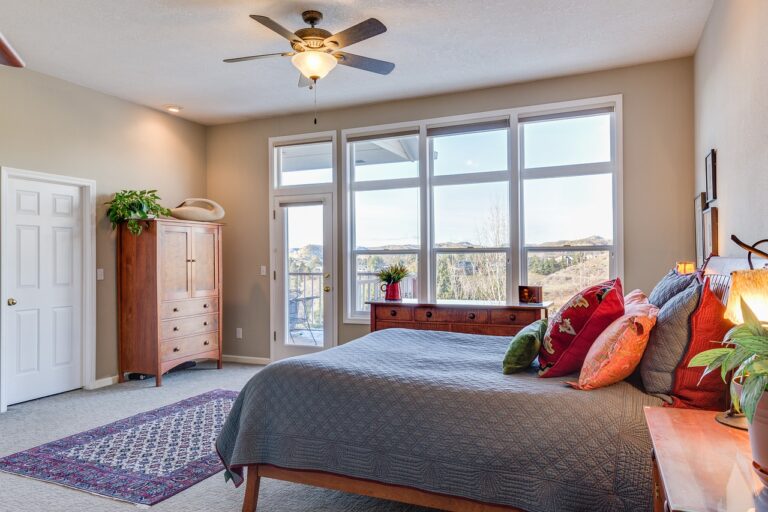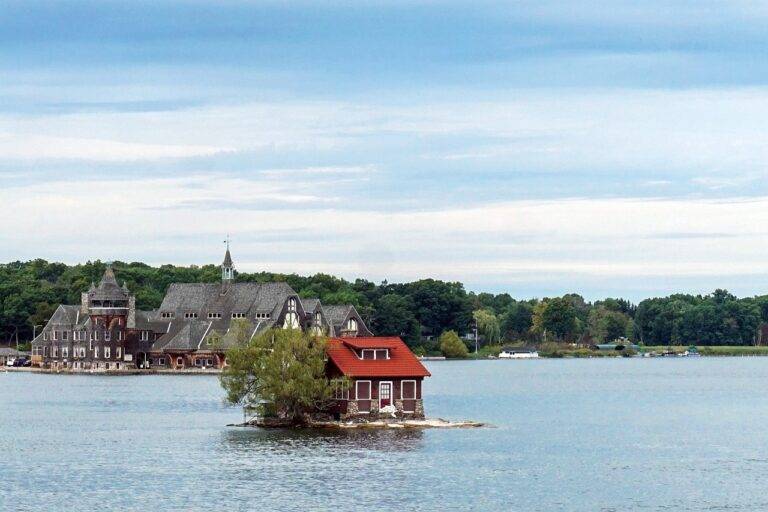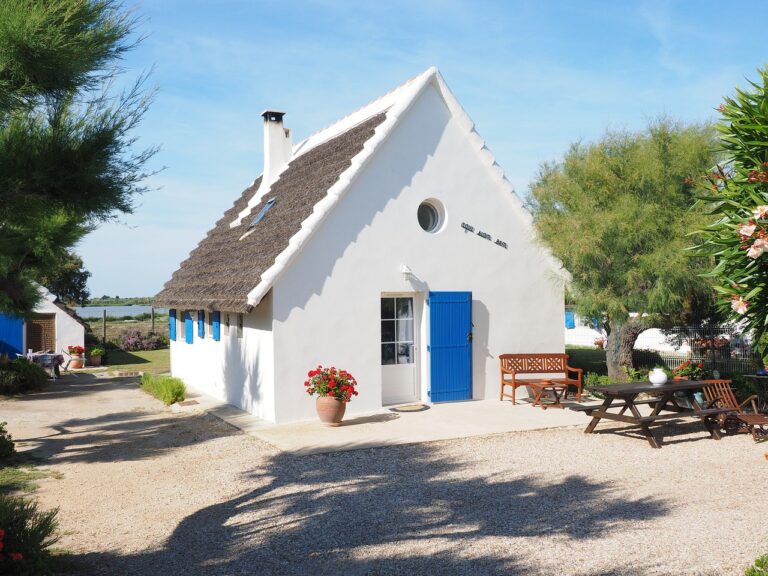The Rise of Multigenerational Living: Designing Homes for Extended Families
Extended families living together often encounter difficulties related to space and privacy. With multiple generations under one roof, finding personal space can be a challenge. Family members may struggle to carve out alone time or find a quiet corner to relax, leading to potential tensions and conflicts within the household. Additionally, differing lifestyles and routines can result in disruptions that impact everyone’s daily lives.
Financial strain is another common challenge faced by extended families living together. Managing shared expenses, such as mortgage payments, utility bills, groceries, and other household costs, can be complex and may require careful planning and communication. Disagreements over money matters can arise, especially when there are varying financial capabilities among family members. Balancing individual financial responsibilities within a shared living arrangement can be a source of stress and discord if not addressed proactively.
– Finding personal space and privacy can be a challenge
– Difficulties in carving out alone time or quiet corners to relax
– Potential tensions and conflicts within the household due to lack of space
– Financial strain is a common challenge
– Managing shared expenses like mortgage payments, utility bills, groceries, etc.
– Disagreements over money matters due to varying financial capabilities
– Balancing individual financial responsibilities within a shared living arrangement
Benefits of Multigenerational Living Arrangements
Multigenerational living arrangements offer numerous advantages that cater to the diverse needs of different family members. One notable benefit is the inherent support system that is created within the household. With multiple generations under one roof, there is a built-in network of emotional, practical, and financial support readily available for all family members. Grandparents can provide childcare and wisdom, while adult children can help with household tasks and caregiving responsibilities.
Moreover, multigenerational living arrangements foster strong family bonds and promote a sense of unity. By living together, family members have the opportunity to spend quality time with each other on a regular basis, strengthening their relationships and creating lasting memories. Shared experiences, traditions, and values are passed down through the generations, reinforcing family ties and creating a sense of belonging and security for all household members.
Trends in Home Design for Extended Families
When designing homes for extended families, the focus is on creating spaces that offer both privacy and togetherness. One common trend is the inclusion of separate living quarters within the same home, providing autonomy for different generations while still allowing for easy interactions. This can involve the addition of a guest house, granny flat, or even just a separate suite with its own entrance and facilities.
Another key consideration in home design for extended families is the incorporation of shared common areas that encourage bonding and quality time together. This often includes spacious kitchens, dining areas, and living rooms where family members can gather for meals, activities, and conversations. Open floor plans are popular in these designs, allowing for seamless flow between different areas and promoting a sense of connectivity among family members.
What are some challenges faced by extended families living together?
Some challenges include lack of privacy, differing lifestyles and routines, potential conflicts over chores and responsibilities, and limited space.
What are some benefits of multigenerational living arrangements?
Some benefits include shared expenses, built-in childcare and support for children and elderly family members, closer family bonds, and a sense of community and belonging.
What are some trends in home design for extended families?
Some trends include the creation of separate living spaces within the same home, such as a basement apartment or mother-in-law suite, open floor plans for easier communication and interaction, and the incorporation of universal design features for aging family members.







